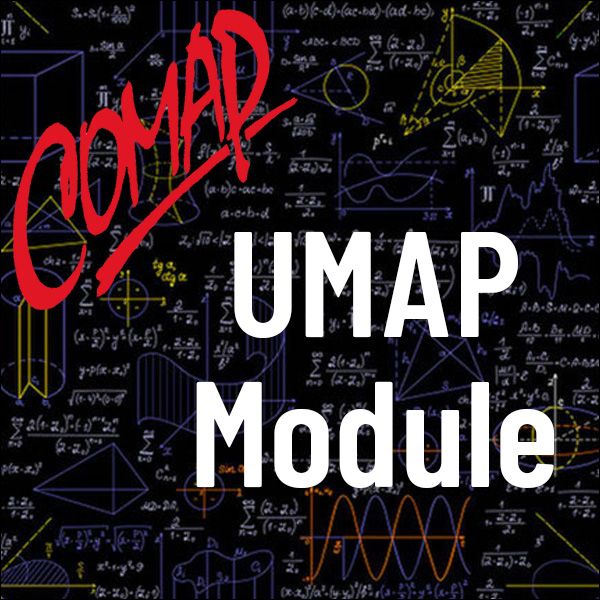The Species - Area Relations (UMAP)
Author: Kevin Mitchell and James Ryan
This module examines the fundamental ecological relationship that as the area A of a region increases, so does the number of different species S encountered. Using logarithms, it is shown how a model curve can be fit to species-area data sets. Various interpretations and uses of the constants c and z are presented. It is also shown how the model has been used by researchers to describe species loss resulting from deforestation. Real data sets are used extensively throughout the unit. Descriptions of students field projects are included.
Table of Contents:
INTRODUCTION
Areas Large
... and Small
SPECIES - AREA CURVES
The Power Function Model
Fitting a Power Curve to the Data
Scale Dependene of c
Caution: Competing Models and Methods
THE PARAMETERS z AND c
Interpreting z
Interpreting c
DEFORESTATION AND SPECIES - AREA RELATIONS
FIELD PROJECTS USING NESTED PLOTS
Material and Methods
Analysis of Data
SELECTED ANSWERS
REFERENCES
ABOUT THE AUTHORS

Mathematics Topics:
Application Areas:
Prerequisites:
You must have a Full Membership to download this resource.
If you're already a member, login here.